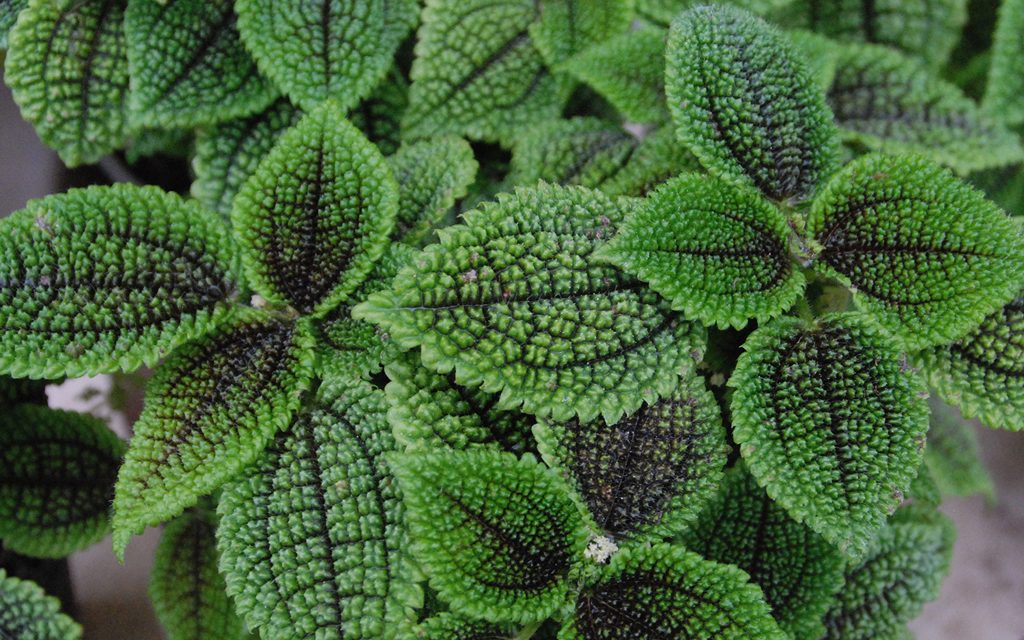by Melinda Myers
Holidays are filled with new plants and decorations that often find our houseplants relegated to any out of the way available space. Be sure to keep your houseplants looking their best with proper winter care.
Make sure houseplants receive sufficient light now and throughout the winter. The shorter, often gray days of winter mean less light reaches our plants. Start by moving plants to the sunniest available window. A south-facing window is usually best, but if it is obstructed by trees, awnings or shears it may be no better than an unobstructed window facing another direction.
If brightly lit locations are limited in your home, try rotating plants between high and low light areas. Switching plants every few weeks usually keeps them growing healthy. Give the pots a turn every few weeks to ensure each side of the plant has time facing the light. This encourages even growth and discourages stems stretching toward the light.
Consider supplementing natural light with artificial light when light is limited. Newer styles that clip onto pots, are mounted on the wall, or tucked into furniture grade stands make them attractive and easier to use. And now LED plant lights are more affordable, longer lasting and use less energy.
Humidity is the other winter stress. Many of our houseplants are tropical and require higher humidity than our homes provide. As we turn up the heat, the humidity declines.
Boost the humidity around your plants by displaying them together. As one plant loses moisture, the others will benefit. Add a gravel tray for additional humidity. Fill a tray or saucer with pebbles and water. Then set the plant on the pebbles elevated above the water. As the water evaporates, it increases humidity around the plant.
Adjust your watering schedule to fit the conditions in your home. Always water thoroughly but only as needed. Use your finger to check the soil moisture below the soil surface. Water moisture-loving plants, like Moon Valley Pilea, when the top few inches are barely moist. Allow the top few inches of soil to dry for cacti and succulents. And always pour off excess water that collects in the saucer. Or use gravel trays to capture the excess water, eliminating this task.
Most houseplants do fine in the same temperatures we prefer. They do not tolerate drafts of hot air from heat vents or cold air from windows and doors. Move plants as needed to avoid drafty locations.
Never trap houseplants between the curtain or blinds and the window. The temperature can be significantly colder, resulting in injury and even death of some plants. Place plants on a table near the window or windowsill extension, leaving room to close the window coverings at night.
Wait until spring to fertilize. Plants do not need as many nutrients when their growth is limited by less-than-ideal winter conditions. As the outdoor growing conditions improve with longer days and brighter light, so do those indoors.
You will be rewarded with healthier, more attractive plants when giving them the care they need this winter. And as you tend your indoor garden, you will help fight the winter blues.
Melinda Myers is the author of more than 20 gardening books, including Small Space Gardening. She hosts The Great Courses “How to Grow Anything” DVD series and the nationally-syndicated Melinda’s Garden Moment TV & radio program. Myers is a columnist and contributing editor for Birds & Blooms magazine and her web site is www.MelindaMyers.com.




